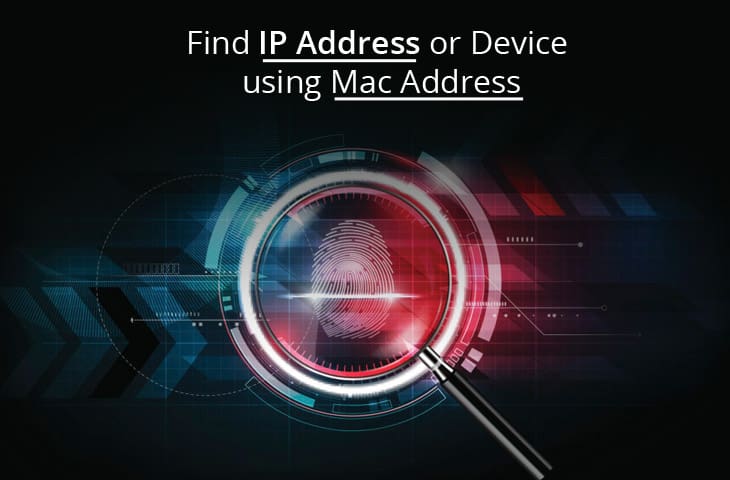

- #Mac os list ip addresses for mac os
- #Mac os list ip addresses mac os
- #Mac os list ip addresses full
#Mac os list ip addresses mac os
Mac OS X: launch the Terminal and type ifconfig. You must be root user or have appropriate permissions.
#Mac os list ip addresses full
Bit 25-48 (network adapter identifier): Bits 25 to 48 provide device manufacturers with 24 bits for assigning a unique hardware identifier (organizationally unique address, OUA). How you can identify MAC address and check MAC adress Windows(XP,7,Vista,8): In the command prompt (CMD), type in getmac (or getmac /v /fo list for full info). A corresponding service is available, for example, on. The assignment of OUIs is usually public and can be determined via databases. Bit 3–24 (manufacturer identification): Bits 3 to 24 encode an identifier (organizationally unique identifier, OUI), which is assigned exclusively to hardware manufacturers by IEEE. Addresses that are only locally unique are called locally administered address (LAA) and are marked with U/L = 1. If U/L = 0, the address is valid worldwide as a universally administered address (UAA). Also keep in mind you would be able to find the hosting company from the IP address and other available tools. This is useful when the Mac computer needs to be remotely accessible, and NAT settings (such as port forwarding or DMZ) have been configured in the router. This will cause the IP address on the Mac computer to remain the same, and not change. Finding your local IP address on the Mac OS terminal is a simple procedure that takes just a few minutes. The DNS servers cycle through a list of IP addresses that are returned for DNS queries for an IP address for a web server, thus distributing the load on the companys servers. This would include manually configuring the IP Address, Subnet Mask, Default Gateway, and DNS addresses. #Mac os list ip addresses for mac os
Find Your Local IP Address On Mac Using Command Prompt (Cmd) For Mac OS X, it’s once again quite simple and straightforward for users who are more familiar with a keyboard. Bit 2 (registry): The second bit of the MAC address indicates whether it is an address with global validity (universal) or whether the address has been assigned locally (local). The IP address will appear next to the IPV4 label.Multicast addresses are identified by I/G = 1 and are addressed to several receivers. MAC address is a unique hardware identification number that is assigned to a NIC (Network Interface Controller/ Card), whereas the IP address is an address that helps you to identify a network connection. If I/G = 0, it is a unicast address for a single network adapter.

This bit is called I/G (short for individual/group).
Bit 1 (receiver): The first bit of the MAC address specifies whether it is an individual or group address. 
The bit sequence of each MAC address is divided into 4 areas, each of which encodes different information.







 0 kommentar(er)
0 kommentar(er)
